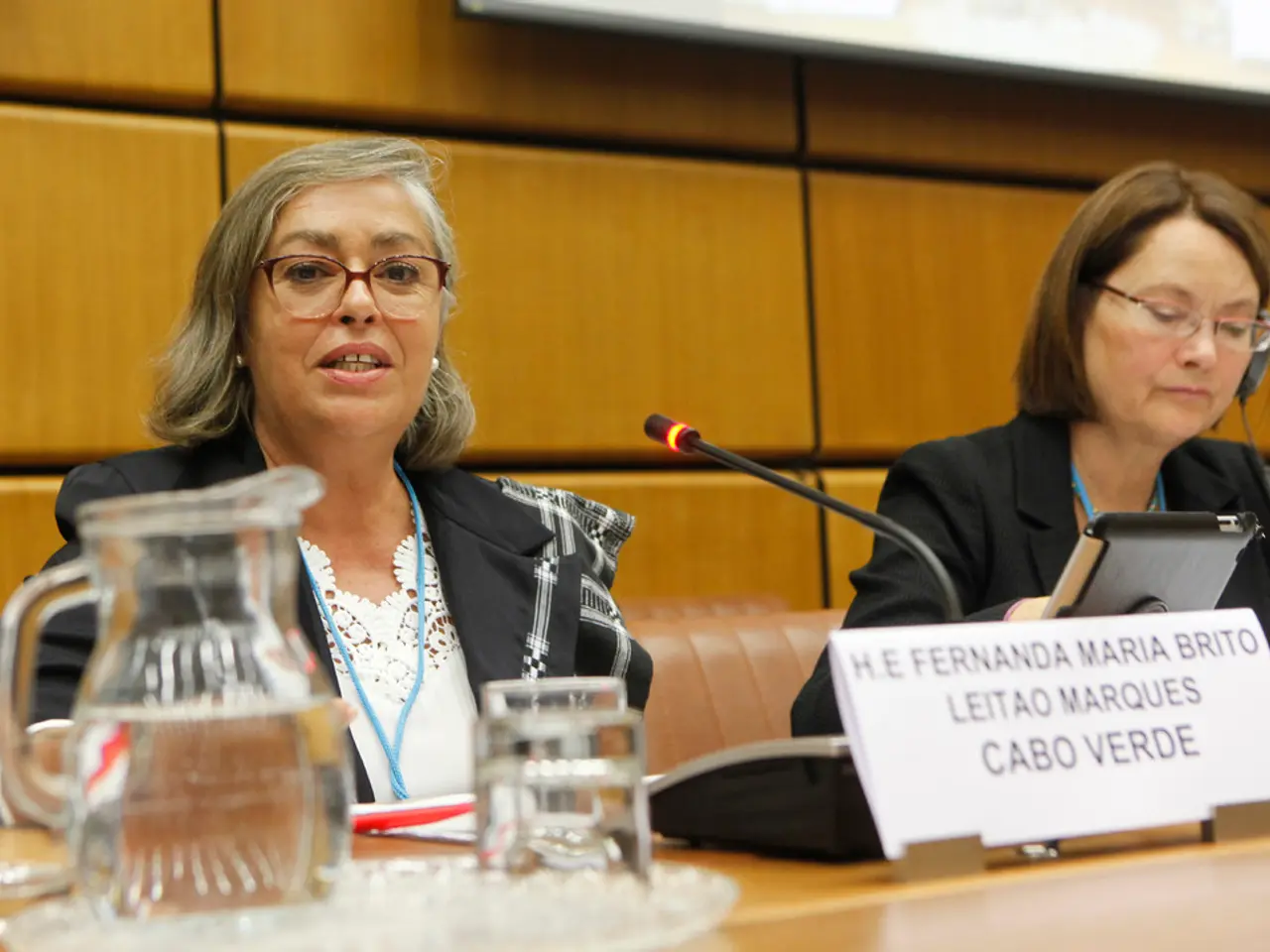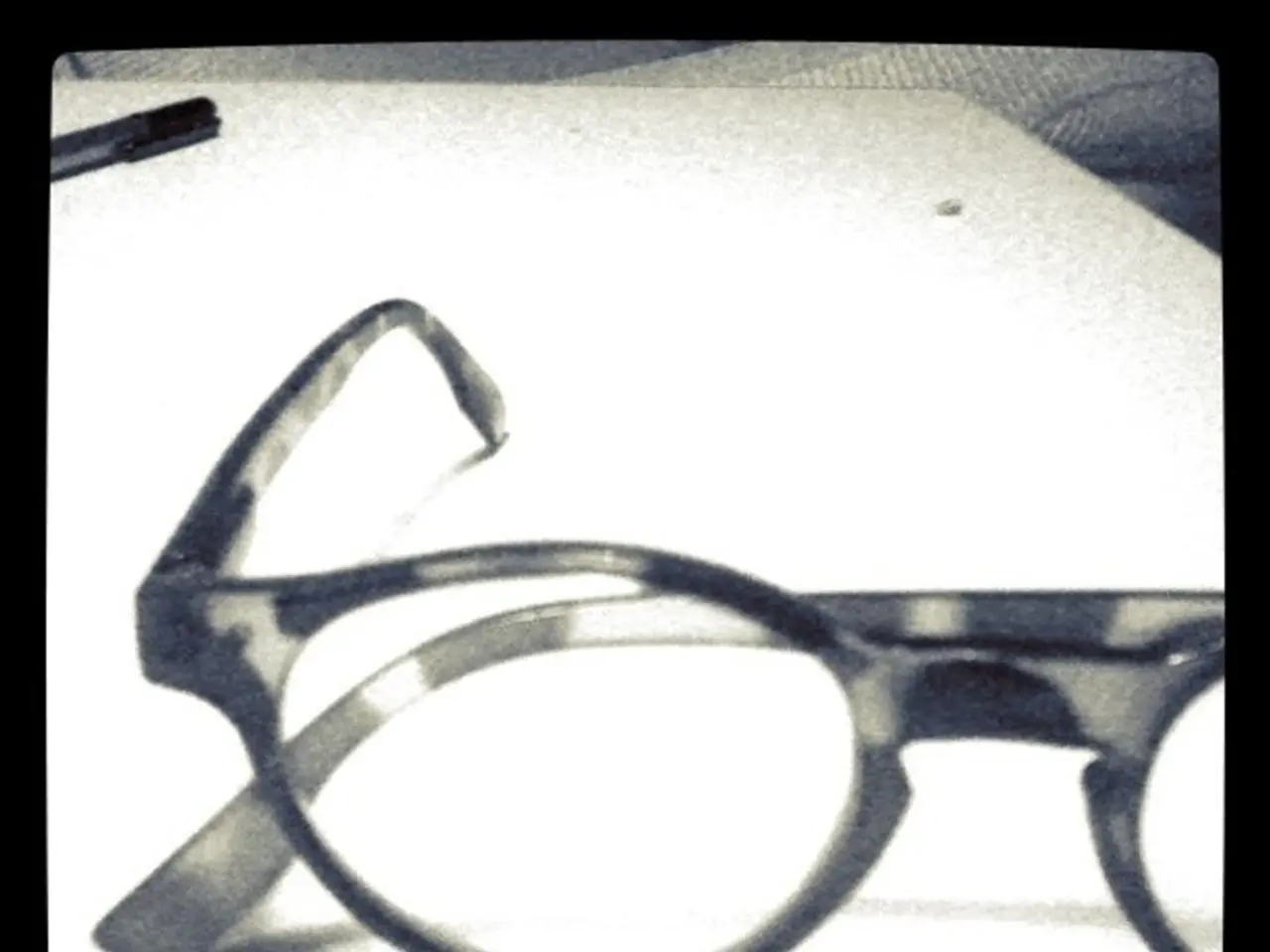Discussion: Exploration of primitive Trojan asteroids starts with Lucy spacecraft launch
Taking a 12-year Cosmic Adventure: The Lucy Mission
On a crisp Saturday morning, NASA's Lucy spacecraft blasted off from Cape Canaveral Air Force Station in Florida, embarking on a captivating 12-year, nearly 4-billion-mile journey to explore some of the ancient remnants of our solar system. Named after the famous Australopithecus fossil "Lucy," this intrepid spacecraft is on a mission to unravel the mysteries of time, exploring a cluster of asteroids known as the Trojan asteroids, that share Jupiter's orbit.
These asteroids are believed to have been there since the solar system's inception, making them almost as old as the universe itself. Through its sophisticated imaging and spectral mapping technologies, Lucy promises to offer the first detailed, up-close glimpse of the surface topography and chemical composition of the Trojan asteroids. This could potentially shed light on the composition of our solar system during its early days, how the planets formed, and the genesis of the organic molecules that fostered life.
Cathy Olkin, a distinguished alumna of MIT, serves as the deputy principal investigator on this enthralling expedition. As she bustled around preparing the spacecraft for liftoff, her colleague, Co-Investigator Scientist Richard Binzel, offered insights into the objectives and motivations behind the Lucy mission.
Did you ever imagine this day would come after decades of studying the Trojan asteroids?
Binzel explains, "The Lucy mission itself took about five years to move from the first proposal to the launch pad. However, our fascination with the Trojan asteroids dates back decades. Named by an MIT graduate student, the Lucy mission is a testament to our unwavering pursuit of understanding these intriguing objects in the cosmos."
What questions does the Lucy mission aim to answer?
Binzel further elaborates, "One of our key objectives is to understand the early solar system's chemistry, particularly the terrestrial organics that formed the basis for life. The Trojan asteroids, situated at a distance from the sun, offer a well-preserved laboratory of sorts, as much of the early chemistry is still frozen in time. By studying these ancient relics, we hope to uncover the chemistry's earliest form and its role in shaping our solar system."
An exciting aspect of Lucy's journey is its enigmatic itinerary, including flybys of various asteroids, such as an unnamed asteroid named "Donald Johanson," after the celebrated anthropologist who discovered the Lucy fossil. After exploring several asteroids, Lucy will finally rendezvous with the Trojan asteroid in August 2027.
"Lucy embarks on an extraordinary cosmic race track astride the solar system, visiting the Trojan asteroids," Binzel notes, "Our incredible trajectory includes multiple swing-bys of the Earth and the Sun to build speed and momentum. By 2025, we will find ourselves among the asteroid belt, followed by a series of encounters with Trojan asteroids until 2033, when we revisit Earth and venture to the Trojan asteroids on the other side of Jupiter."
In Binzel's words, "Each of these celestial bodies is like a time capsule, providing a glimpse into the past as we strive to understand the origins of our solar system and the planets."
As we eagerly await the Lucy spacecraft's bold exploration of the Trojan asteroids, the anticipation grows. We can only imagine the treasure trove of knowledge that awaits us, illuminating the cosmic beginning of our home—the solar system.
- As Cathy Olkin, the deputy principal investigator, prepared the Lucy spacecraft for liftoff, Richard Binzel, her colleague, reflected on their decades-long fascination with the Trojan asteroids.
- The Lucy mission, a testament to their unwavering pursuit, aims to answer questions about the early solar system's chemistry, particularly the terrestrial organics that formed the basis for life.
- With its sophisticated imaging and spectral mapping technologies, Lucy promises to offer the first detailed, up-close glimpse of the surface topography and chemical composition of the Trojan asteroids.
- The Lucy spacecraft embarks on an extraordinary cosmic race track astride the solar system, visiting several asteroids and eventually rendezvousing with a Trojan asteroid in August 2027.
- Through its exploration, the Lucy mission could potentially shed light on the composition of our solar system during its early days, how the planets formed, and the genesis of the organic molecules that fostered life, deepening our understanding of the cosmic beginning of our home—the solar system.








